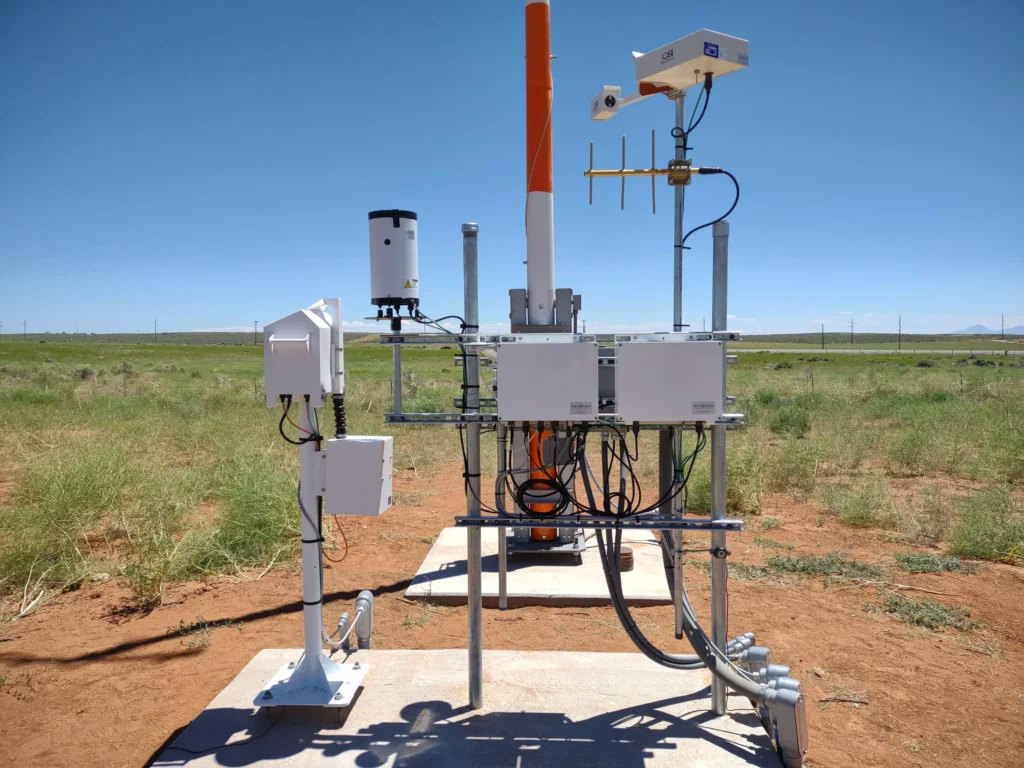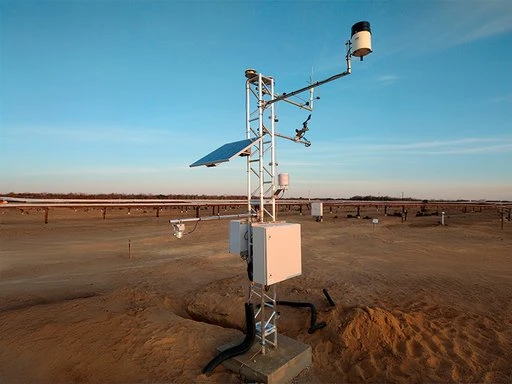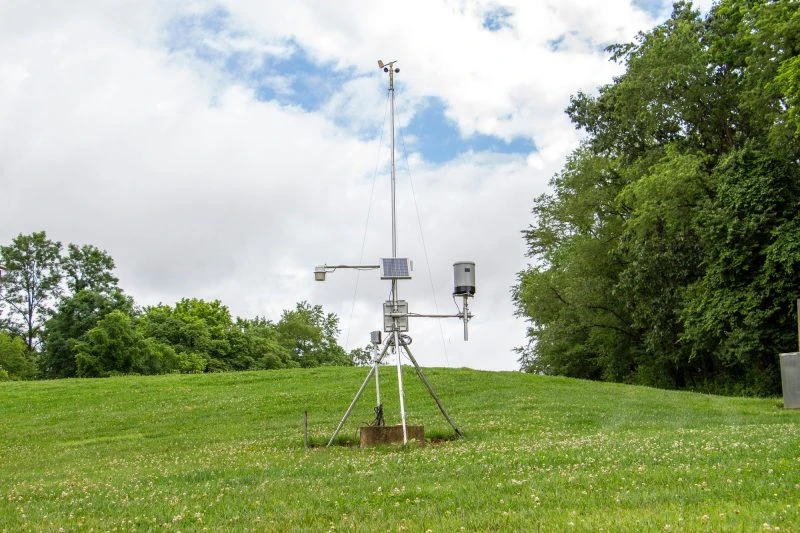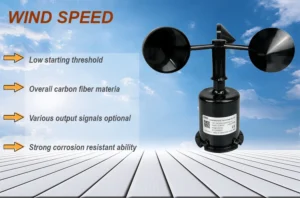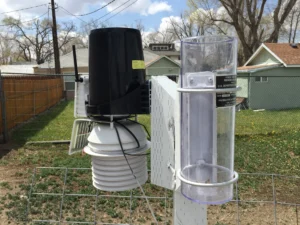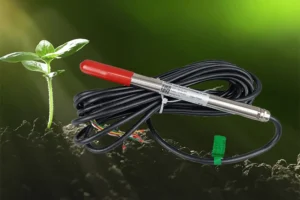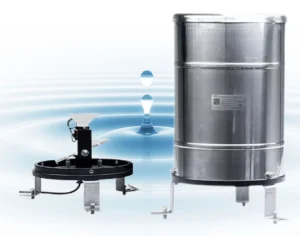Knowledge about the automatic weather stations
An automatic weather station (AWS) is a key tool in weather science. It gathers and sends weather data on its own. It gives real-time and accurate weather information. This is important for studying the weather, making forecasts, and watching the environment.
Types of Automatic Weather Stations
Meteorological Station:
A standard AWS is used in fixed places. It collects weather data that is both long-term and broad.
Portable Weather Station:
This station is light and easy to move. You can put it wherever you want. It’s perfect for fieldwork, outdoor events, or short-term studies.
Mobile Weather Station:
This type of equipment is mounted on vehicles or portable platforms. It collects data while moving. This is useful for watching large areas or certain routes.
Mini Weather Station:
It is small and makes good use of space. It works reliably. This makes it a popular choice for personal or small-scale use.
Key Components of an Automatic Weather Station
1. Meteorological Sensors:
These measure a range of variables including:
– Wind speed and direction can be measured with tools like cup or ultrasonic anemometers and wind vanes.
– Temperature and humidity
– Atmospheric pressure
– Solar radiation
– Rainfall can be measured with tipping bucket gauges or weighing rain gauges.
– Visibility
– Specialized sensors have specific jobs. For example, soil moisture sensors help in agriculture. Snow depth sensors are used for traffic monitoring. Water level sensors are important for hydrology.
2. Data Logger:
It serves as the main processing unit for AWS. It gathers, keeps, and handles sensor data. It also takes commands from monitoring systems. The system sends alerts through SMS, email, or an app when weather limits are exceeded.
3. Power Supply System:
Usually, it runs on both solar panels and regular electricity. This setup keeps it working during power outages.
4. Communication System:
Responsible for sending data and commands. It supports different ways to connect:
– Wired (RS232 up to 10m, RS485 up to 1000m)
– Wireless (LORA up to 3km, microwave radio up to 500m)
– Internet options like GPRS and WiFi can provide wide coverage with the right setup.
5. Installation Accessories:
Includes mounting fixtures such as stainless steel brackets and adjustable masts. Waterproof enclosures and lightning protection devices make outdoor installations safer and help them last longer.
Advantages of Automatic Weather Stations
1. **Automated Monitoring**: Once installed, it works on its own to collect, process, and send weather data all the time.
2. **High Accuracy**: Uses modern IoT technology and precise weather sensors for dependable measurements and data sharing.
3. **Remote Deployment**: Technicians or installers can set up these systems in remote and tough places, like polar regions. This allows for central control and monitoring.
4. **Data Integration**: Easily shares data between weather networks, organizations, and environmental agencies. This aids in working together and doing research.
5. **Flexible Designs**: You can find different types of AWS. These include portable, mini, and ultrasonic models. Users can customize AWS with special weather sensor for their own monitoring needs.
Comparison with Traditional Meteorological Stations:
1. **Monitoring Method**: Traditional weather parameter stations rely on manual work to record data. This process can take a long time and may have mistakes made by people.
On the other hand, automatic weather stations use advanced sensors and technology. They make it easier to collect, send, and process data. This method makes accuracy better and reduces labor costs a lot.
2. **Data Processing**: Traditional stations often send data by writing it down or making phone calls. These methods take a lot of time and can lead to mistakes. Automated weather stations use wireless technology for quick data updates and sharing.
They have good systems to manage a lot of data. This helps us look at, keep, and understand the information.
3. **Accuracy**: Traditional weather stations have a short range and higher errors. This makes them less reliable. Automatic weather stations fix these problems with better tools and methods.
They can keep watching, which helps make the data more accurate.
Applications of Automatic Weather Stations:
1. **Weather Forecasting**: These systems provide real-time weather data and forecasts for future conditions. This helps people prepare for bad weather. It protects both lives and property.
2. **Agricultural Production**: Automatic weather stations help farmers pick crops, manage water, and use fertilizers. They give important meteorology data about soil and weather. This information helps farms grow more crops.
3. **Traffic Safety**: For the transportation industry, these stations improve safety by providing important weather data. This data helps planes and ships find their way, especially in bad weather.
4. **Environmental Protection**: They are important for checking the high quality of the air. They find pollutants and predict how they spread. And they use wind speed and direction for this. This helps us take better care of the environment.
